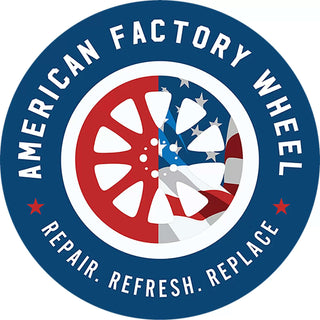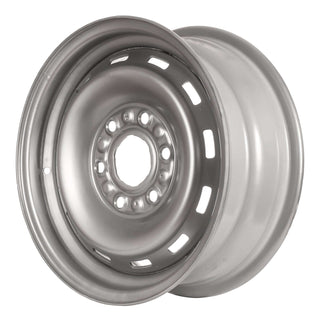-
Product description
STLCV613916U50-0009
Product Type : Wheel/Rim (Single)
Interchange Number: 1622
Year Make Model
CHEVROLET 1500 1988-1999
CHEVROLET 2500 1988-1999
CHEVROLET BLAZER(FULL SIZE) 1992-1994
CHEVROLET SUBURBAN-1500 1988-1999
CHEVROLET TAHOE 1988-2000
GMC 1500 1988-1999
GMC 2500 1987-1999
GMC JIMMY(FULL SIZE) 1992-1994
GMC SIERRA-DENALI-1500 1988-2000
GMC SIERRA-DENALI-2500 1988-2000
GMC SUBURBAN-1500 1986-1999
GMC YUKON-1500 1992-1999
Fitment: Front or Rear
Material: Steel
Style: 12 Slot
Finish: White
Size: 16x6.5
Bolt Pattern: 6x5.5 inch 6x139.7 mm
Offset: N/A
Indents: N/A
OE Part Number: 9592306 9592242 9592835 9591697
Notes: Notes:
Product description
Product Type : Wheel/Rim (Single)
Interchange Number: 1622
Year Make Model
CHEVROLET 1500 1988-1999
CHEVROLET 2500 1988-1999
CHEVROLET BLAZER(FULL SIZE) 1992-1994
CHEVROLET SUBURBAN-1500 1988-1999
CHEVROLET TAHOE 1988-2000
GMC 1500 1988-1999
GMC 2500 1987-1999
GMC JIMMY(FULL SIZE) 1992-1994
GMC SIERRA-DENALI-1500 1988-2000
GMC SIERRA-DENALI-2500 1988-2000
GMC SUBURBAN-1500 1986-1999
GMC YUKON-1500 1992-1999
Fitment: Front or Rear
Material: Steel
Style: 12 Slot
Finish: White
Size: 16x6.5
Bolt Pattern: 6x5.5 inch 6x139.7 mm
Offset: N/A
Indents: N/A
OE Part Number: 9592306 9592242 9592835 9591697
Notes: Notes:
What's The diference Between a Wheel and a Rim?
The terms "rim" and "wheel" are often used interchangeably because, in most contexts, they appear to refer to the same thing—the circular metal component of a vehicle that holds and secures the tire. However, while they are closely related, there are subtle distinctions between the two.
A rim specifically refers to the outer edge of the wheel where the tire sits. It plays a crucial role in sealing the tire bead, ensuring a secure fit, and maintaining proper air pressure. The rim's design can influence the tire's performance, affecting aspects like handling and ride quality.
On the other hand, the wheel encompasses the entire structure, including the rim, spokes, hub, and any other supporting parts. This complete assembly connects to the vehicle’s axle, transmitting power from the drivetrain to the road surface, enabling movement and steering.
In automotive conversations, many people refer to "wheels" when discussing aesthetic upgrades or performance enhancements, while "rims" are often highlighted in contexts involving tire fitting or design modifications. For example, custom rims can add a sleek, personalized look to a vehicle, but upgrading the entire wheel can improve durability, load capacity, and overall driving dynamics.
The confusion between these terms often stems from industry jargon and regional variations. However, whether you're shopping for new wheels or looking to replace your rims, it's essential to know that both terms generally point to the metal assembly that supports and secures the tire, ensuring a smooth and controlled ride.

